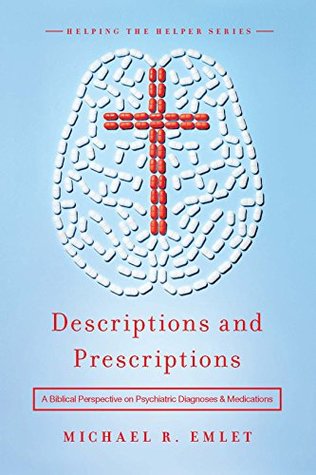Kindle Notes & Highlights
Read between
June 7 - October 8, 2019
The line of demarcation between sanity and insanity, like that between health and disease, is sometimes so nebulous that it becomes exceedingly difficult to decide where one ends and the other begins. Is it not a matter of wonder, therefore, that differences of opinion should arise in this connection, particularly when the question of responsibility is raised?1 Amazingly,
The American Psychiatric Association (APA) considers a “mental disorder” to be: a syndrome characterized by clinically significant disturbance in an individual’s cognition, emotion regulation, or behavior that reflects a dysfunction in the psychological, biological, or developmental processes underlying mental functioning. Mental disorders are usually associated with significant distress or disability in social, occupational, or other important activities.
For now, it’s important to recognize that there are no laboratory tests or radiological studies (e.g., CT, PET, or MRI scans) that are generally used to arrive at diagnoses.
For the vast majority of psychiatric diagnoses, the patient’s self-report of his symptoms and the psychiatrist’s observations of the person are the foundation of the diagnostic enterprise.
To understand the nature of modern psychiatric diagnosis, you need to understand a battle of two ideologies within psychiatry: psychodynamic psychiatry and biologically-oriented (descriptive) psychiatry.
A third concern with the psychiatric diagnostic system is that some psychiatric diagnoses redefine behavior that Scripture would characterize primarily as sin.


